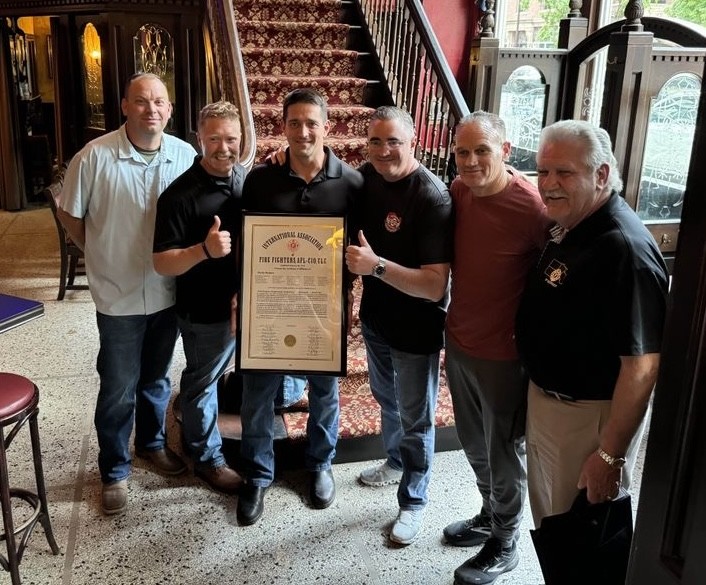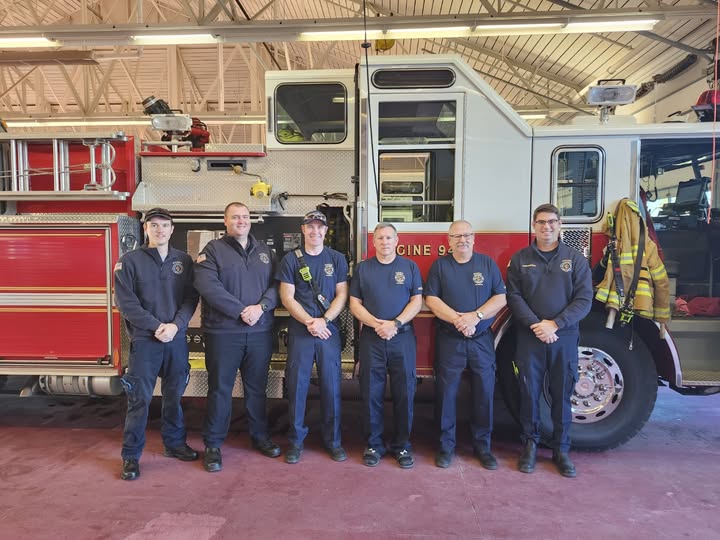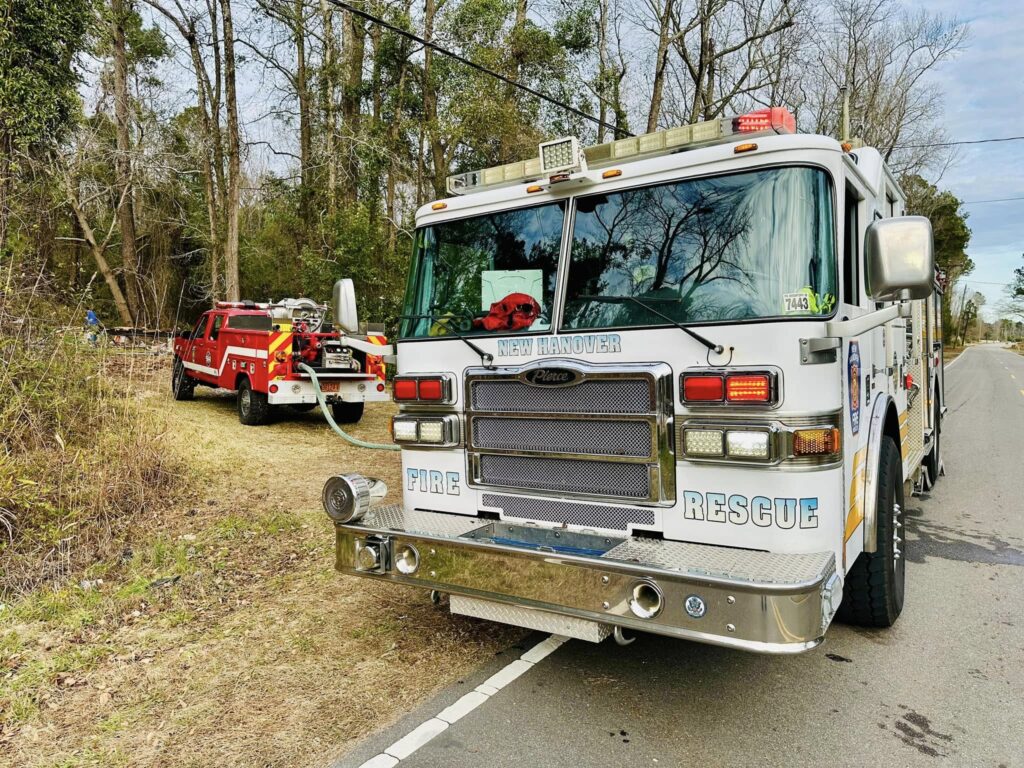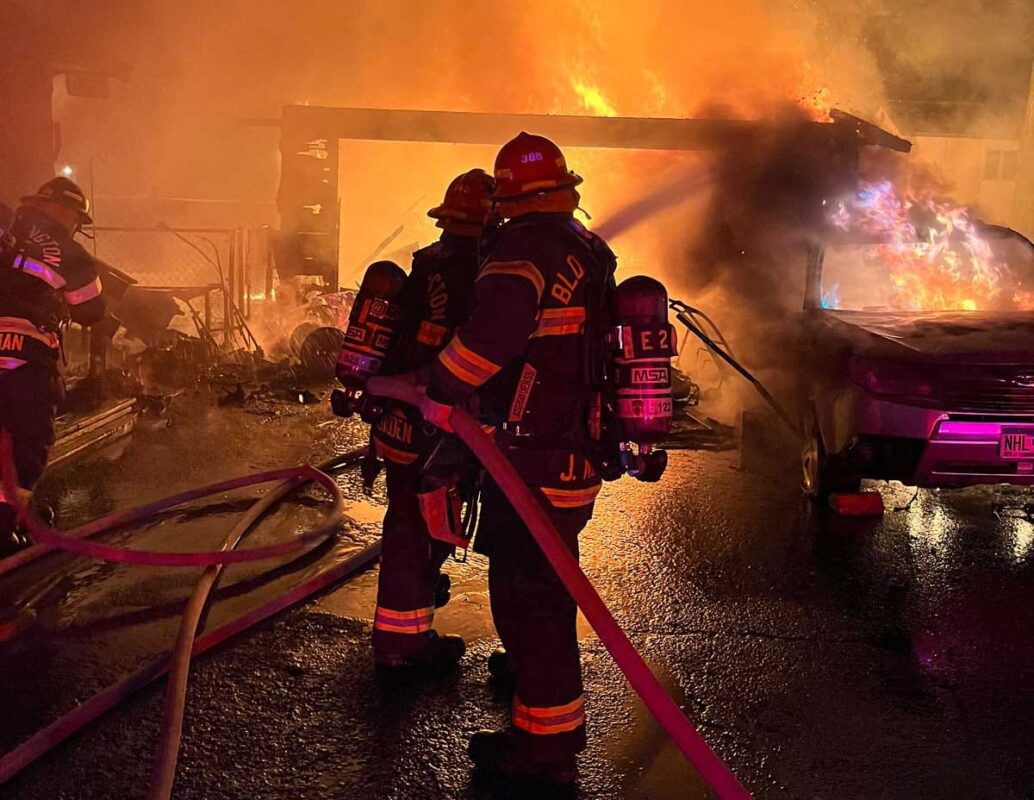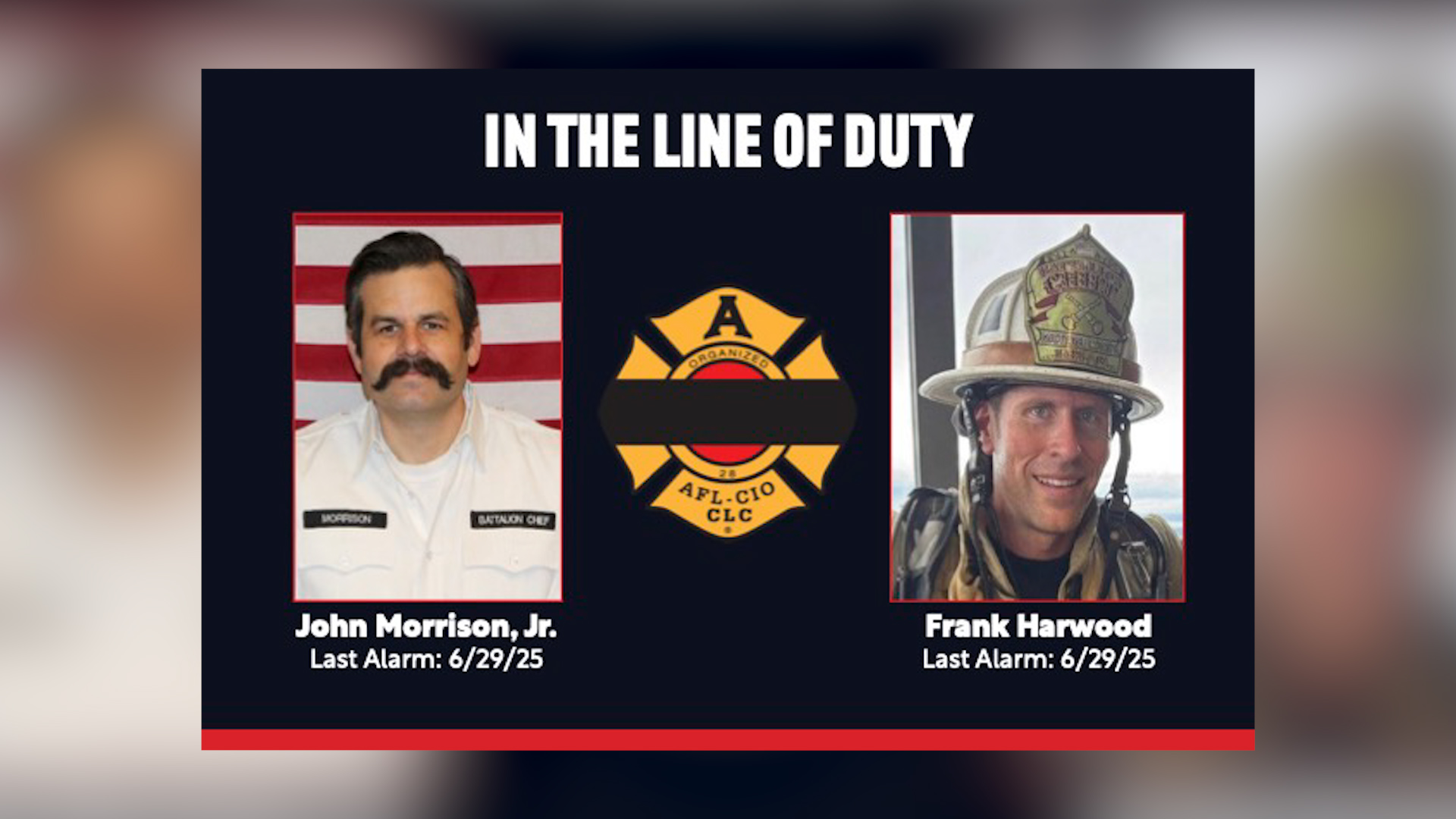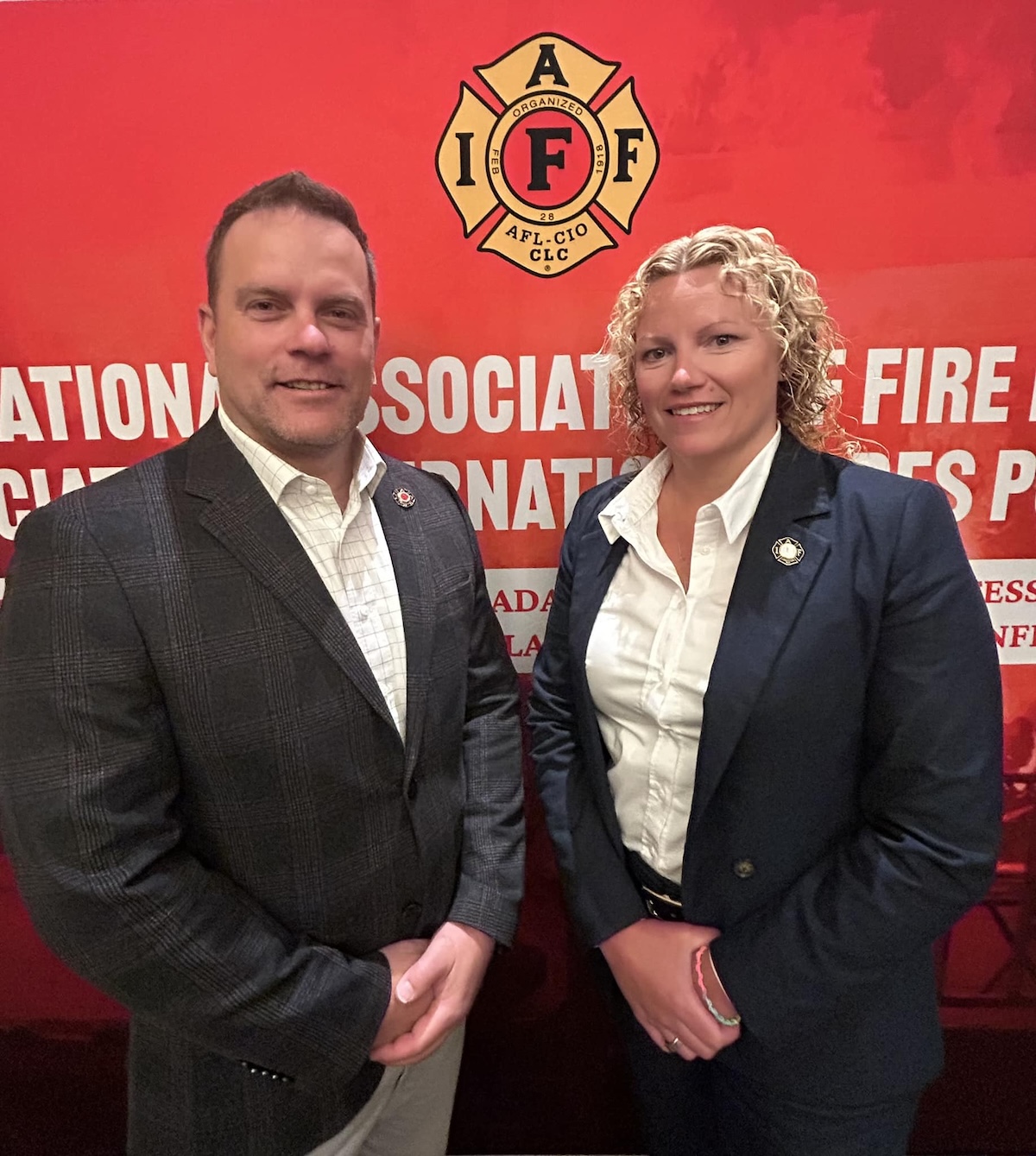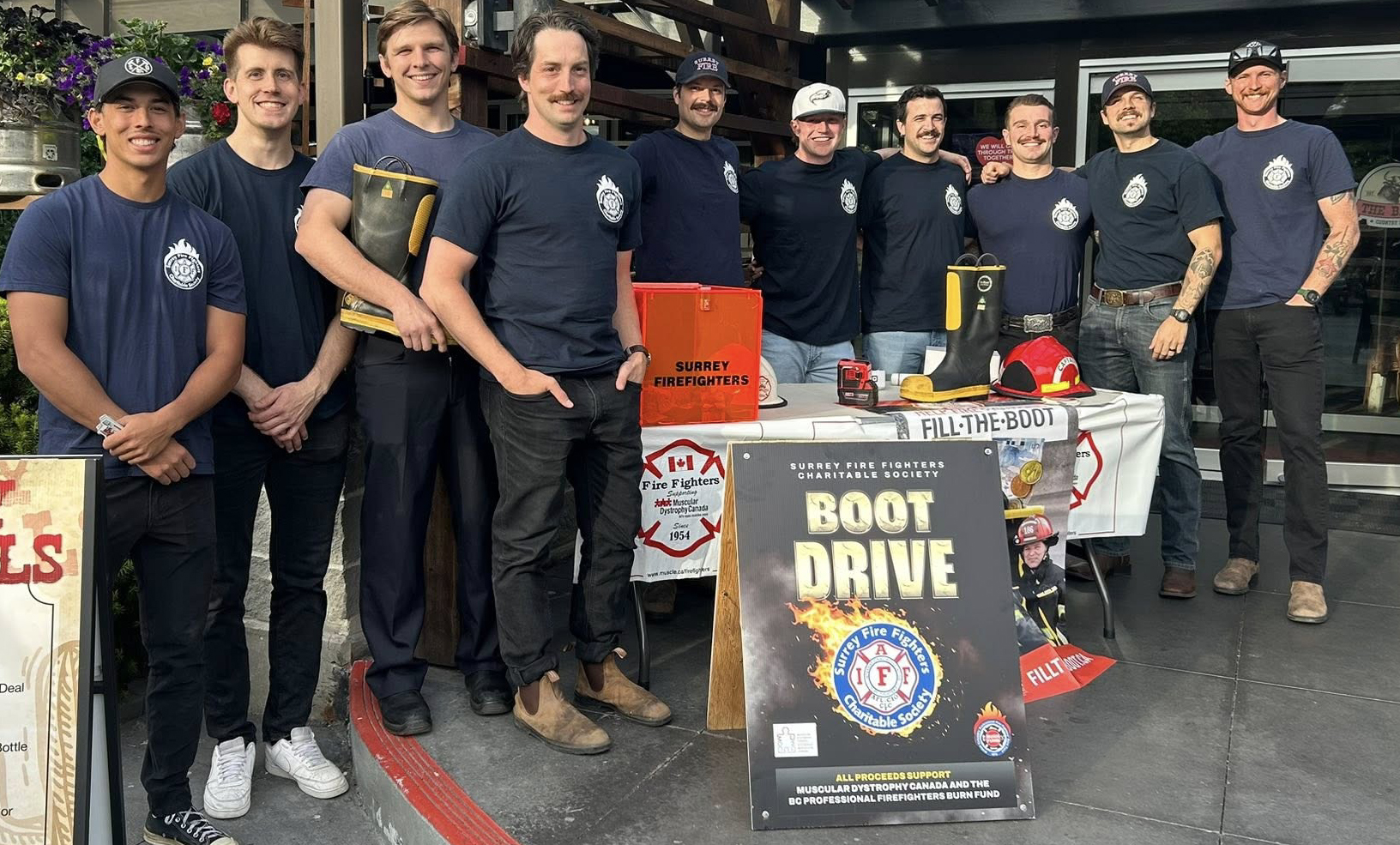Cypress-Fairbanks (Cy-Fair), a suburb of Houston, Texas, is one of the state’s fastest-growing. Between 2015 and 2020, rapid development brought an influx of residents—and a growing demand for emergency services.
Now, the Cy-Fair Fire Department is expanding to meet the needs of the booming population.
By 2019, call volume had skyrocketed to 40,000 a year, and the all-volunteer fire department couldn’t keep up. Recognizing the need for change, the Harris County Emergency Services District 9 board of commissioners – the governing body of the Cy-Fair Fire Department – and fire fighters began exploring solutions.
The two groups made a plan to convert into an all-career fire department in order to provide adequate service to the community. In 2021, fire fighters formed Cy-Fair Local 5248 to ensure they had a seat at the table as expansion plans moved forward.
This shift reflects a broader trend. Rural areas and smaller towns are seeing the same challenges as Cypress-Fairbanks, with volunteers numbers dwindling nationwide and firefighting becoming more complex.
In 2020, the NFPA reported approximately 676,900 volunteer fire fighters, a six percent decrease from the previous year and the lowest number ever recorded. Since 1984, the same data shows volunteers have decreased by 25 percent, while the U.S. population has grown by 40 percent.
The Cy-Fair Fire Department is only part-way through its long-range plan, but it is going well.
“We worked together to develop a 10-year department expansion plan to add career fire fighters and more fire stations,” said Christopher Filmore, Cy-Fair Local 5248 president. “Today, we have 350 full-time fire fighters and about 75 volunteers and 35 part-timers.”
Right away, fire fighters noticed they were able to respond to emergencies more effectively and efficiently.
“Responding directly out of the fire houses means we can get to each emergency faster,” said Filmore. “And that means we can often contain the fires to the rooms they started in instead of arriving to a structure that is already fully involved.”
In Maumee, Ohio, the amount of emergency calls has been on the rise as the number of available volunteers went down. According to the fire department, it was losing volunteers, in part, to the surrounding career department that could provide a more consistent income.
“Simply put, we did not have enough fire fighters and paramedics to respond to the number of calls coming in,” said Sam Johnson, president of Maumee Local 4536. “We needed to be able to deliver around-the-clock coverage. The paid-on-call model was no longer meeting the needs of our citizens.”
Accordingly, the city and Maumee Local 4536 worked together to pass a property tax levy last November. The levy will generate $2.9 million for the city specifically for fire division staffing, costing the owner of a $100,000 home approximately $16 per month.
Simply put, we did not have enough fire fighters and paramedics to respond to the number of calls coming in. We needed to be able to deliver around-the-clock coverage. The paid-on-call model was no longer meeting the needs of our citizens.
Maumee Local 4536 president Sam Johnson
Once the levy passed, the city approved a collective bargaining agreement that includes a 24/48 shift schedule and the hiring of 10 new fire fighters.
“The immediate difference in service will be that we will not have to call on mutual aid from neighboring communities to respond to our second and third runs,” Johnson said. “We will be able to get water on fires faster and, hopefully, keep them as contained as possible.”
Bloomington, Minnesota, underwent a similar transformation.
“People don’t work a mile or two from home anymore and cannot leave their regular jobs to go fight a fire,” said Kristopher Kauffman, president of Bloomington Local 5484. “And the amount of training that is necessary to do the job is a big commitment that many are not ready to make.”
According to the City of Bloomington’s fire chief, the last time the department was at full strength was 2002, more than 20 years ago. And it hasn’t gotten any better.
“The last part-time or paid on-call group process we went through we had about 60 applications, and we were only able to get about 12 people out of that 60,” Chief Ulie Seal said in a statement about the last paid-on-call hiring period in 2020. “That was not enough to keep up with attrition.”
And it hasn’t just happened in Bloomington. The National Volunteer Fire Council reports that the number of volunteer fire fighters decreased from nearly 898,000 in 1984 to around 677,000 in 2020, indicating a significant decline over the decades.
When the number of available volunteers started to decline and the demand for emergency response went up, the Bloomington Fire Department hired its first full-time fire fighters in 2003 to better cover the call volume in the Northwest part of the city.
By 2021, still unable to maintain enough paid-on-call fire fighters, the city realized it would have to shift to an all-career department. In 2022 and in 2024, the Bloomington Fire Department was approved for Staffing for Adequate Fire and Emergency Response (SAFER) grants to hire 18 additional full-time fire fighters (36 total).
Volunteer recruitment and retention was not ideal even back then, but it got progressively more difficult.here is no one reason for that. People have other jobs and obligations, and between training and service calls, it’s a big commitment.
PFFPNC Secretary-treasurer benjamin bobzein
After the hiring process, the department will be staffed with 48 full-time fire fighters and supplemented by 75 paid-on-call.
The SAFER grants have helped countless other departments make the transition.
New Hanover County (North Carolina) Fire Department hired its first career fire fighters in 1996 when the call volume started rising.
“Volunteer recruitment and retention was not ideal even back then, but it got progressively more difficult,” said Benjamin Bobzien, Professional Fire Fighters and Paramedics of North Carolina Secretary-Treasurer and New Hanover County Local 4576 member. “There is no one reason for that. People have other jobs and obligations, and between training and service calls, it’s a big commitment.”
In 2010, the county commission took a serious look at the service needs of the community and determined that consolidating the career and volunteer departments, with a plan to increase the number of full-time fire fighters, was the best path forward.
“There were some growing pains, at first, but we have been steadily adding career positions with some assistance from SAFER grants,” said Christopher Geary, Local 4576 president. “With more than 100 full-time fire fighters, we are now able to respond more effectively and efficiently.”
“The bottom line here is that we want to keep our community and its citizens safe. So, we created a service model that would enable us to do that. Full-time. Combination, or volunteer, that’s the goal all fire departments have,” Geary added.
